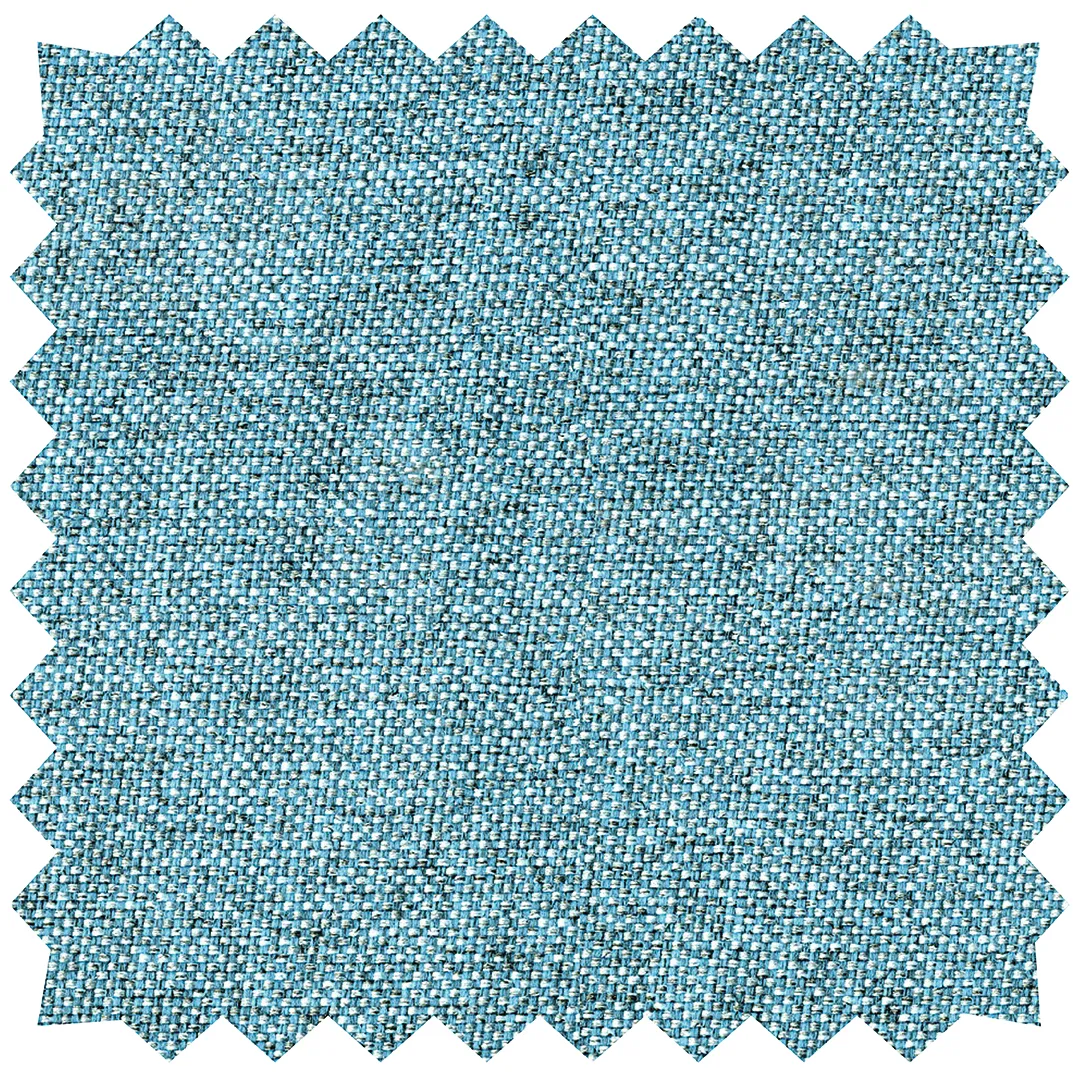When choosing fabric for your curtains or upholstery, you might think cotton, as a natural product, is a good environmental choice. But sadly this is not necessarily the case. Non-organic cotton is the world’s dirtiest crop to grow, because it relies on the heavy use of pesticides, which are hazardous to human and animal health. Cotton also uses huge amounts of water – the Aral Sea between Kazakhstan and Uzbekistan has dried up due to mass cotton production.
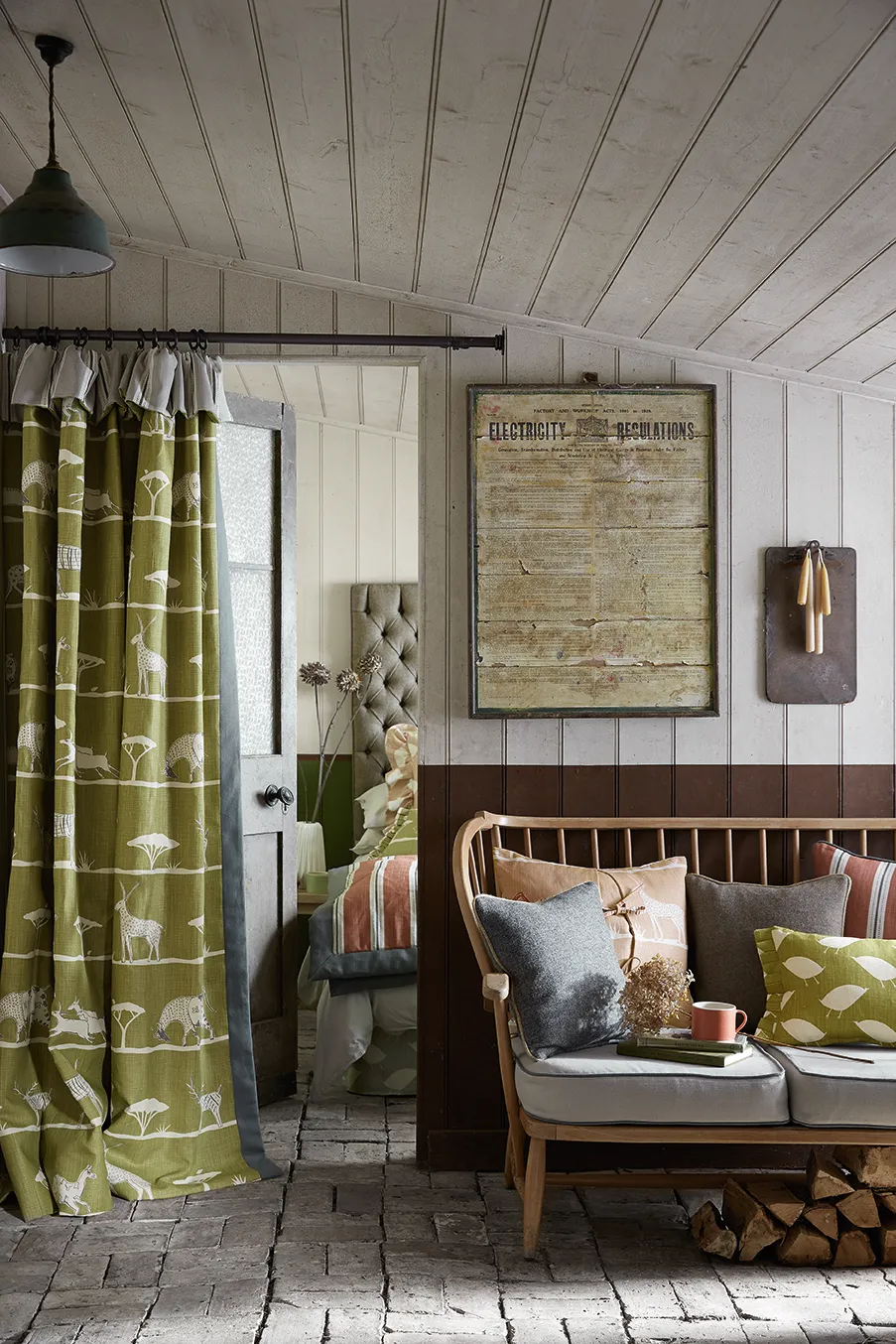
Organically grown cotton is much better in terms of environmental impact, but the fabrics that come out on top with the best eco credentials are wool, hemp and flax (linen) because they are biodegradable, renewable, low toxin and can be produced closer to home.
‘We use only linen,’ says Rebecca Aird of Rapture & Wright. ‘Grown in northern France and Belgium, flax is a hardy plant that, unlike cotton, requires no pesticides or irrigation to grow and can be processed mechanically rather than chemically.’
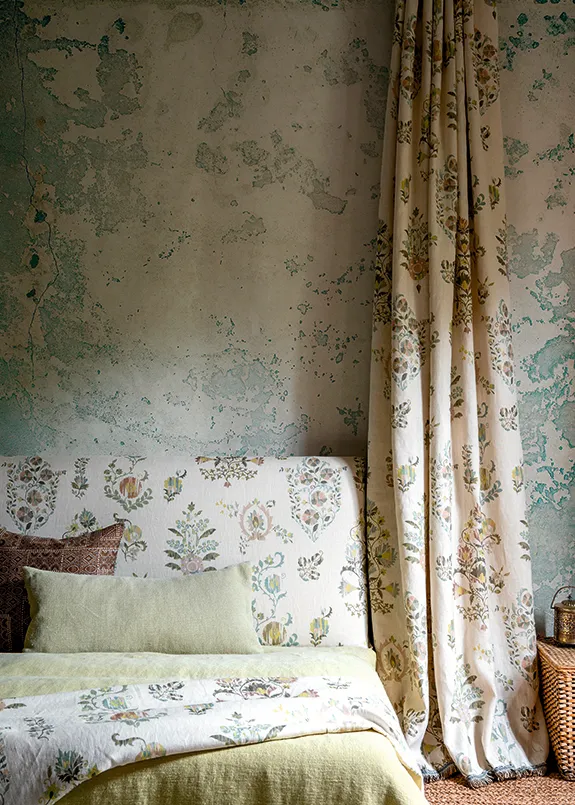
Recently, with more concern for how textile production impacts nature, companies such as Designers Guild have also launched upholstery fabrics made from recycled waste yarns from the fashion industry – its ‘Lisbon’ collection can be ordered by the metre and adorns sofas at Heal’s – as well as from old plastic bottles.
Caroline Inchyra, who runs the fabric company Inchyra in Scotland, says she produces her fabrics using pure linen and wool and believes these are among the most ecological textiles. She advises anyone buying fabric to pay attention to its content.
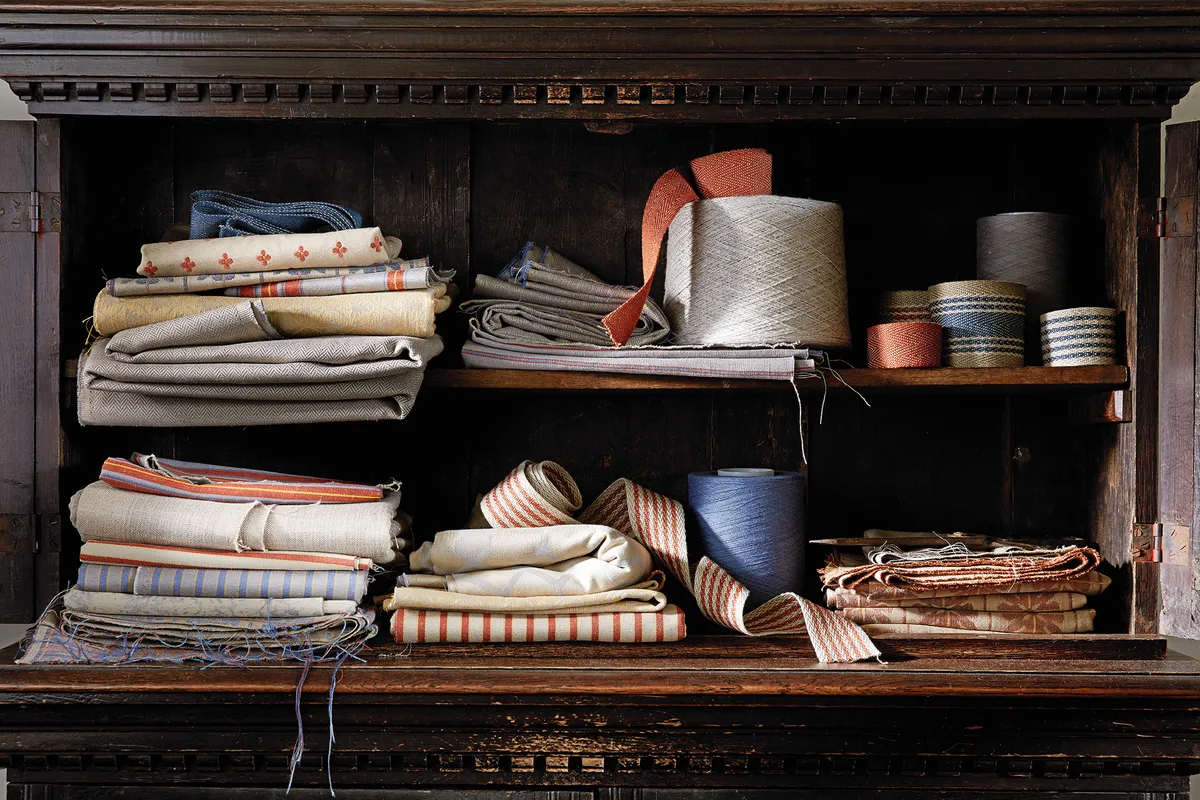
‘So many interiors fabrics have a manmade mix to improve durability, but this is usually a percentage of polyamide (nylon) and it will therefore never biodegrade. People should question the content of a fabric. The more companies understand that people care, the more they will care.’
Caroline also highlights the environmental effects of screen printing. ‘Small companies that screen print on a small scale are fine, but big warehouses screen printing thousands of metres are huge set-ups that make a lot of waste and require a great deal of water and energy. Digital printing is not nearly as romantic as screen printing but it makes sense. A happy bonus is that digital printing is incredibly flexible so we can produce as little as 1m of a print.’

Kati Raine of Stitched, which sells a selection of earth-friendly fabrics, has recently published a comparison table on her website to help people be more informed about what they’re buying. She says the issue around cotton depends on where you source it. ‘Good cotton is seldom cheap, so if it is on the affordable end it is likely it’s a cotton blend or is unethically sourced.’
3 sustainable fabric swatches for your home
1
Lisbon fabric in Azure, £47 per m, Designers Guild.
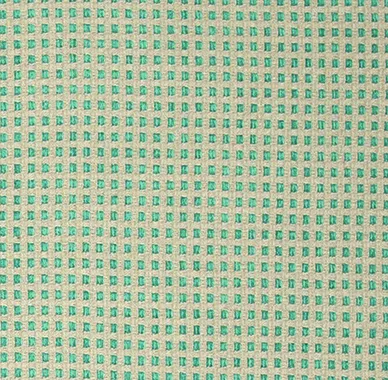
2
Abberley fabric in Clay, £132 per m, Cloth & Clover.
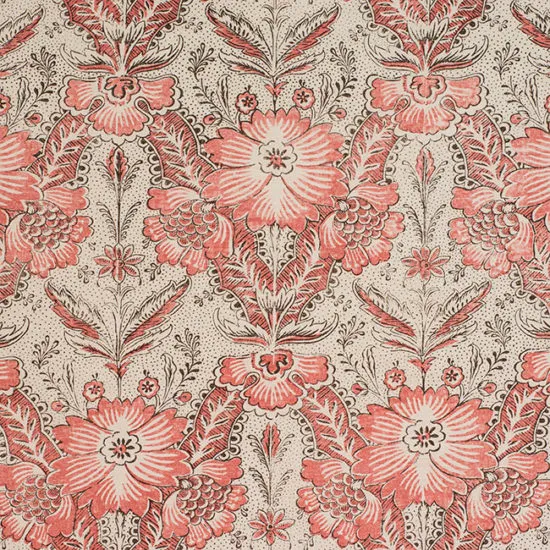
3
Revive fabric in Meditate (made from recycled plastic bottles) £22 per m, Stitched
